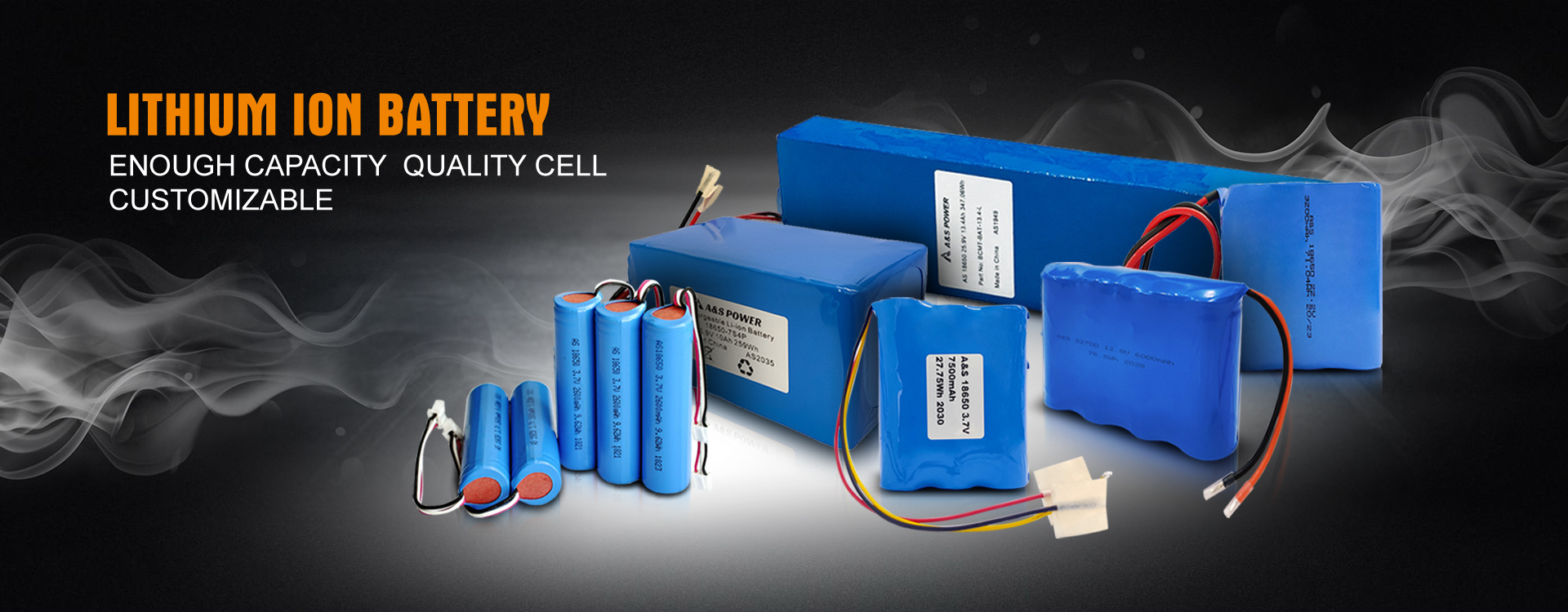The Things You Do Not Know About Li-ion Battery
2021-07-02
Lithium ion battery is in widespread use in consumer electronics. As electronic vehicles enter
the American market, there is an expectation of a step increase in the number and size of
battery packs in storage and use. The Foundation’s Property Insurance Research Group
initiated a study of the hazards associated with lithium ion batteries storage, in order to
develop fire protection strategies to mitigate loss associated with fire incidence with batteries in bulk storage and distribution, alone and in manufactured products.
The main aim is to develop the technical basis for requirements in NFPA and other standards
which prescribe protection requirements.
The first phase of the project, described in this report, is a literature review of battery
technology, events and failure modes, usage, codes and standards, and a hazard assessment
during the life cycle of storage and distribution. It lays out a research approach towards
evaluating appropriate facility fire protection strategies.
The content, opinions and conclusions contained in this report are solely those of the writers.
Lithium-ion (Li-ion) has become the dominant rechargeable battery chemistry for consumer
electronics devices and is poised to become commonplace for industrial, transportation, and
power-storage applications. This chemistry isn’t same with previously popular rechargeable
battery chemistries in many different ways. From a technological standpoint, because of high energy density, lithium-ion technology has made entire families of portable devices such as smart phones be possible. From a not dangerous and fire protection standpoint, a high energy density coupled with a flammable organic, rather than aqueous, electrolyte has created a number of new challenges with regard to the design of lithium ion battery containing lithium-ion battery pack, and with regard to the storage and handling of these li ion batteries. Note that energy storage is an area of rapidly evolving technology. There are many efforts underway to commercialize cells with different chemistry than li-ion batteries include rechargeable li-ion battery pack, ultracapacitors, and fuel cells. It is beyond the scope of this document to describe the characteristics and hazards of all of these potential energy storage devices.
The term lithium-ion (Li-ion) battery refers to an entire family of battery chemistries. It is
beyond the scope of this report to describe all of the chemistries used in commercial lithium-ion
batteries. In addition, it should be noted that lithium-ion battery chemistry is an active area of
research and new materials are constantly being developed. This chapter provides an overview
of the technology and focuses on the characteristics of lithium-ion batteries common to the
majority of available batteries. Additional detailed information with regard to lithium-ion
batteries is available in a number of references including Linden’s Handbook of Batteries,
Advances in Lithium-Ion Batteries edited by Schalkwijk and Scrosati,and a large volume of
research publications and conference proceedings on the subject.
In the most basic sense, the term lithium-ion battery refers to a battery where the negative
electrode (anode) and positive electrode (cathode) materials serve as a host for the lithium ion
(Li+). Lithium ions move from the anode to the cathode during discharge and are intercalated
into (inserted into voids in the crystallographic structure of) the cathode. The ions reverse
direction during charging as shown in Figure 3. Since lithium ions are intercalated into host
materials during charge or discharge, there is no free lithium metal within a lithium-ion cell,
and thus, even if a cell does ignite due to external flame impingement, or an internal fault, metal
fire suppression techniques are not appropriate for controlling the fire.
For lithium polymer battery, A&S lithium ion battery manufacture is recognised by Philips, Creative, Pioneer etc company. Each month supply battery for those companies with stable quality and competitive price.












